
Why Do Horses Need Shoes?
Why Do Horses Need Shoes?
Introduction
Horseshoeing plays a vital role in equine care. Many horse owners debate the necessity of shoes for their horses. This article will explore why some horses benefit from wearing shoes and the factors involved in this decision.
For a deeper understanding of hoof care, consider picking up an Equine Hoof Care Book. This book is a wonderful resource for horse owners looking to dive deeper into hoof health and maintenance!
Summary and Overview
Horse hooves, made primarily of keratin, are crucial for a horse’s health. The hoof consists of several parts, including the sensitive frog, sole, and outer wall. Historically, horseshoes emerged to protect hooves from wear and tear caused by various terrains. Over time, this practice has evolved, adapting to the needs of domesticated horses.
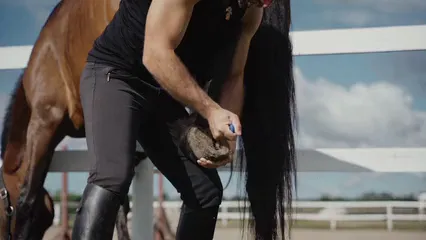
There are several reasons horses may require shoes. Protection from rough terrain is essential, especially for horses that work on hard surfaces. Shoes also enhance traction, allowing horses to maintain stability in slippery conditions. Performance enhancement is another reason, as shoes can improve speed and agility in competitive settings. Finally, some horses have medical needs that require specialized shoeing. Always consult a farrier or veterinarian for personalized recommendations based on your horse’s specific needs.
Speaking of traction, if you’re looking for a reliable product to help your horse stay safe while riding, consider investing in Horse Hoof Boots. These boots can provide excellent support and protection for your horse’s hooves when navigating tricky terrains.
For insights on recovery after dental procedures, consider reading about why no dairy after tooth extraction.
Understanding Horse Hooves
Anatomy of a Horse’s Hoof
A horse’s hoof comprises several key parts: the outer wall, sole, frog, and laminae. The outer wall protects the internal structures and is similar to human nails. The sole and frog are vital for shock absorption and circulation. Healthy hooves are essential for overall well-being, as they support various activities like jumping and galloping.
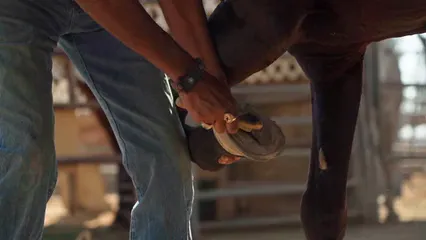
Horse hooves grow continuously, typically at a rate of about a quarter-inch per month. Regular maintenance is crucial to prevent issues. Horses generally need trimming every 6-8 weeks, depending on their activity levels and hoof growth. Neglecting hoof care can lead to serious problems, including lameness and discomfort. Thus, maintaining hoof health should be a top priority for every horse owner.
If you’re keen on keeping your horse’s hooves in tip-top shape, consider getting a Farrier Tools Set. This set will equip you with the essentials to maintain your horse’s hooves right from home!
The Evolution of Horseshoeing
Horseshoeing has a rich history dating back over two millennia. Early records suggest that ancient Greeks and Romans were the first to use horseshoes. Initially, they used simple leather wraps to protect hooves. As horses became vital for transportation and work, more durable materials were needed.
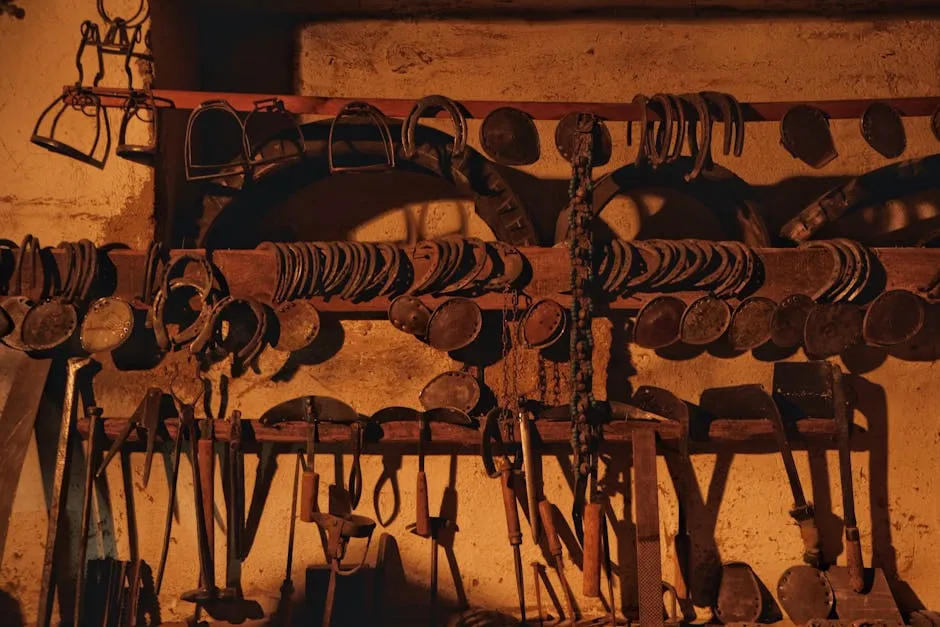
In medieval times, blacksmiths crafted iron shoes to shield hooves from wear. These shoes were often adorned with intricate designs, showcasing craftsmanship and cultural significance. Horseshoes became symbols of luck and protection, finding their way into various traditions.
As time progressed, the shift from traditional iron to modern materials like aluminum and synthetic composites transformed horseshoeing. Aluminum shoes, lighter than steel, are popular among racehorses, enhancing performance. Today, farriers customize shoes to meet each horse’s unique needs, combining tradition with innovation for optimal hoof care.
Correcting Hoof Abnormalities
Horses sometimes face hoof conformation issues that can lead to pain and discomfort. Corrective shoeing plays a crucial role in addressing these abnormalities. For instance, horses with flat feet may require shoes with a specific design to provide proper support. Similarly, conditions like clubfoot can be managed with specialized shoes to help the horse walk more naturally.
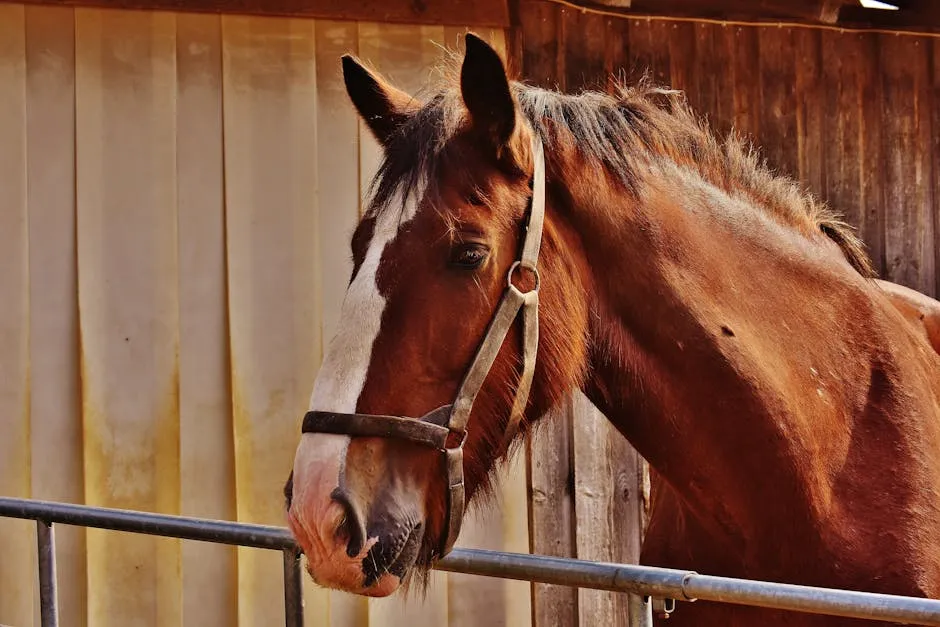
Common hoof problems include laminitis, navicular disease, and hoof cracks. Statistics show that nearly 15% of horses experience some form of hoof issue during their lifetime. Corrective measures, such as applying shoes, can alleviate these problems and promote healthier hoof growth. Moreover, a skilled farrier can customize shoes to enhance hoof alignment and balance, helping your horse lead a more comfortable life.
To further educate yourself on hoof care, grab a copy of the Hoof Care Guide Book. It’s packed with tips on how to tackle hoof abnormalities!
Supporting Medical Conditions
Horses with medical conditions often benefit significantly from therapeutic shoeing. For example, laminitis affects the sensitive tissues within the hoof, causing pain and instability. Specialized shoes can provide crucial support to alleviate pressure and promote healing. Similarly, horses suffering from navicular disease can experience improved comfort with the right shoeing techniques.
Veterinarians and farriers work closely together to treat these conditions. In fact, studies indicate that therapeutic shoeing can have a success rate of over 70% in improving the quality of life for affected horses. By addressing hoof health proactively, we can help our equine companions enjoy a more active and pain-free lifestyle.
Additionally, consider using Equine Joint Supplements to further support your horse’s joint health, especially if they are involved in high-impact activities.
Weight Distribution and Joint Support
Proper weight distribution is vital for a horse’s overall comfort and joint health. Horseshoes help to evenly distribute weight across the hoof, reducing pressure points. This is particularly important for performance horses that engage in high-impact activities, such as jumping or racing.
Research shows that improper hoof care can lead to joint injuries, with about 60% of equine lameness cases related to hoof issues. By using shoes, you provide additional support, which can significantly decrease stress on joints. This not only enhances mobility but also contributes to a healthier, more comfortable horse. Properly fitted shoes can act as a cushion, absorbing shock and preventing long-term damage to the horse’s legs and joints.
Pros and Cons of Horseshoeing
Benefits of Shoes
Horseshoes offer numerous advantages for our equine friends. The primary benefit is hoof protection. Shoes shield hooves from excessive wear, especially on hard or rocky surfaces. This is vital for horses that engage in high-impact activities like racing or jumping. Studies show that shod horses often perform better than those without shoes. For instance, racehorses typically achieve faster times when fitted with specialized shoes.
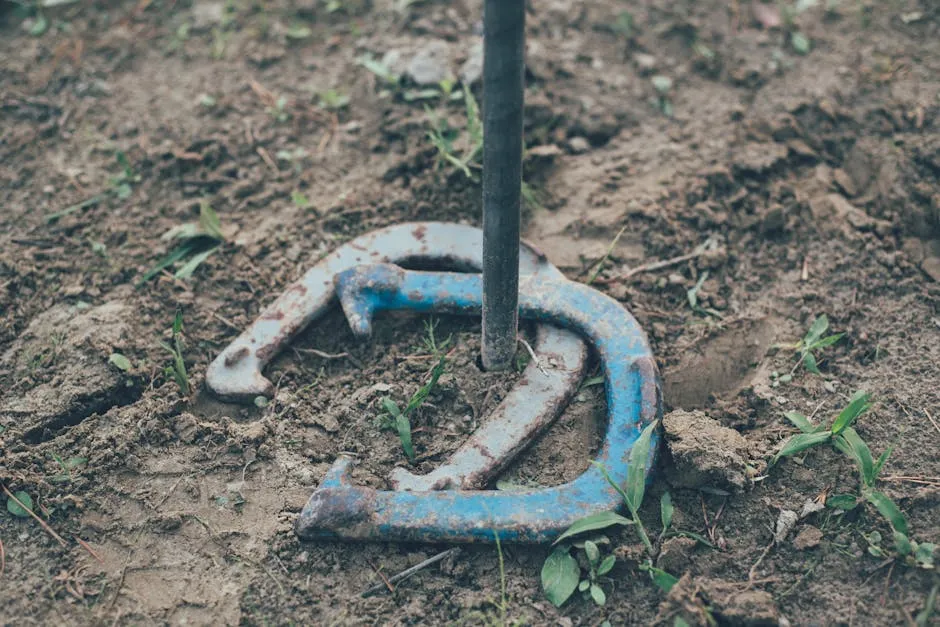
Shoes also enhance traction. This is crucial when horses navigate slippery or uneven terrains. Improved grip reduces the risk of slips and falls, keeping both horse and rider safe. Furthermore, horseshoes can help correct hoof conformation issues. They provide balance and stability, promoting healthier hoof growth. Overall, the benefits of horseshoes include enhanced performance, hoof protection, and support for medical conditions.
For those looking for a way to reward your horse during training, Horse Treats for Training can be a great addition to your equine care routine!
Drawbacks of Horseshoeing
While shoeing has its benefits, there are noteworthy drawbacks. One significant concern is cost. Maintaining shoes can be more expensive than regular trimming. Additionally, there’s a risk of injury if shoes are improperly fitted. Poor shoeing practices can lead to hoof damage or discomfort. In some cases, the nails used in shoeing may cause pain if positioned incorrectly.
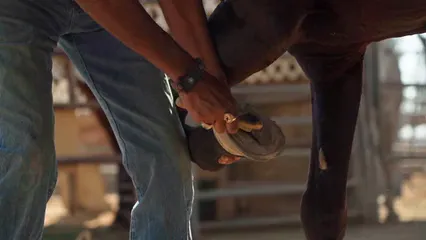
Another argument against shoeing is that some horses thrive barefoot. Statistics indicate that barefoot horses can perform just as well in certain disciplines. They often display improved hoof health and natural movement. Keeping horses unshod may promote stronger hooves, as they adapt to various terrains. Therefore, weighing the drawbacks of shoeing against its benefits is essential when considering your horse’s needs.
Alternatives to Traditional Shoeing
Barefoot Trimming
Barefoot trimming is an alternative to traditional shoeing that focuses on maintaining hoof health. This method involves regular trimming to keep hooves at an optimal length and shape. Horses with strong, healthy hooves can thrive without shoes, especially if they are kept on softer surfaces. Barefoot horses often exhibit better circulation due to the natural expansion and contraction of their hooves.
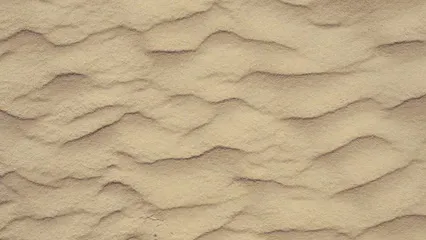
Statistics reveal that many barefoot horses show improved performance in specific conditions. For instance, they can navigate soft, grassy terrains with ease. Additionally, barefoot trimming encourages a more natural hoof growth pattern, which can enhance overall hoof health. Some owners report that their horses feel more comfortable and agile when unshod. Therefore, barefoot trimming can be an excellent option for certain horses, promoting natural movement and hoof resilience.
Hoof Boots and Other Options
Hoof boots are a fantastic temporary alternative to traditional shoes. They offer protection while allowing horses to retain their natural hoof function. These boots are easy to put on and take off, making them ideal for various situations. For example, many riders use hoof boots during trail riding or when a horse needs to recover from an injury.
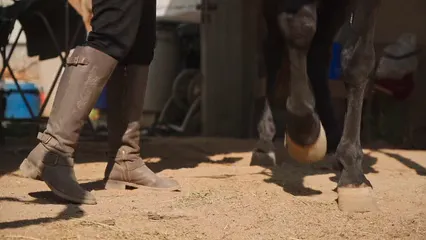
One user shared their experience: “My horse struggled on rocky trails, but with hoof boots, he now moves comfortably.” This sentiment resonates with many horse owners who seek a balance between protection and hoof health.
Beyond hoof boots, there are other innovative options for hoof care. Some alternatives include glue-on shoes and therapeutic pads. Glue-on shoes can be especially beneficial for horses with sensitive or damaged hooves. They provide support without the need for nails.
Speaking of therapeutic solutions, consider using Therapeutic Hoof Pads to cushion your horse’s hooves and provide extra support.
Please let us know what you think about our content by leaving a comment down below!
Thank you for reading till here 🙂
All images from Pexels




